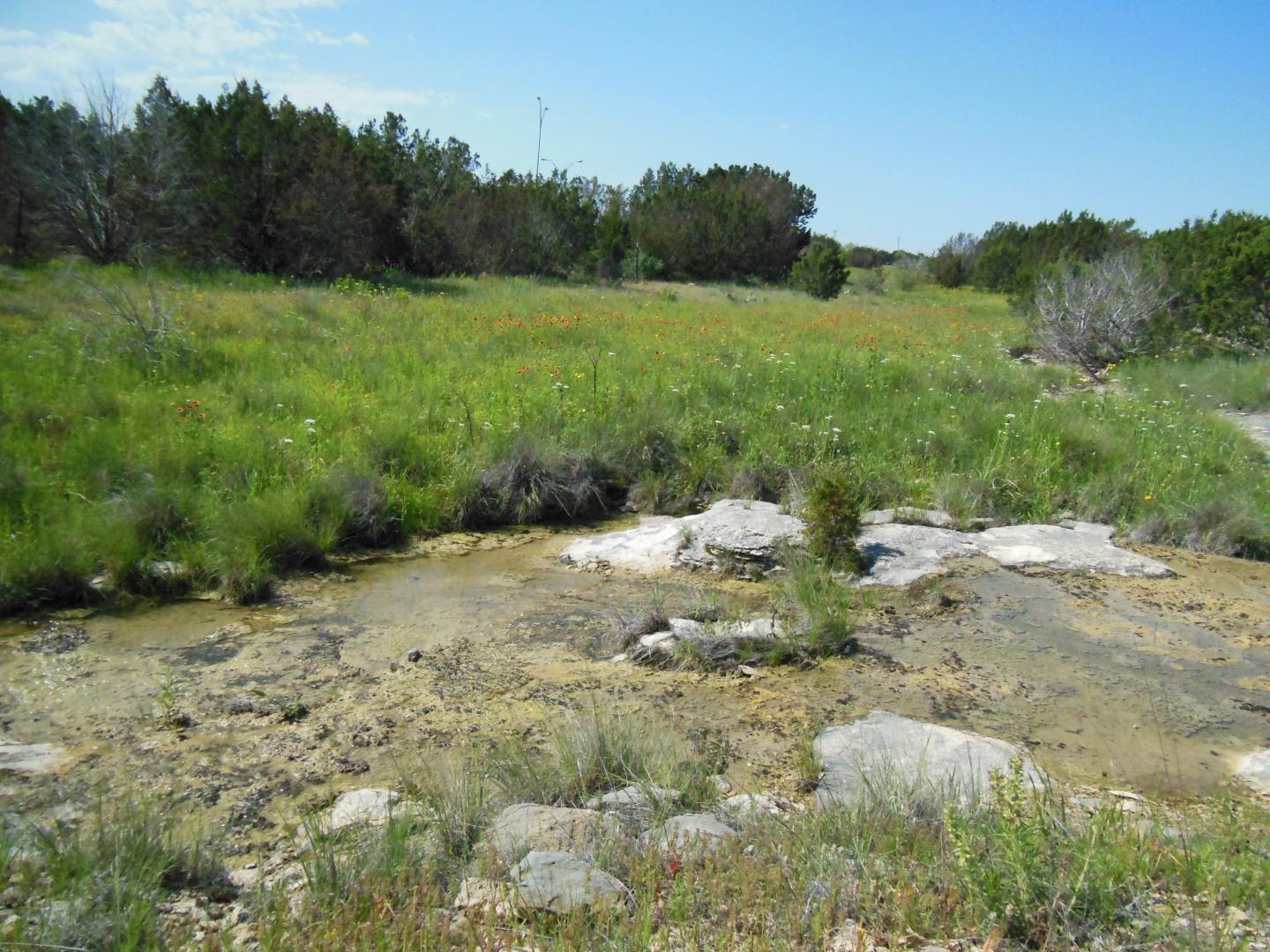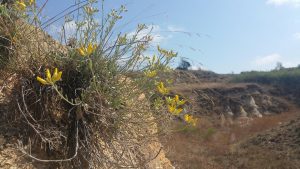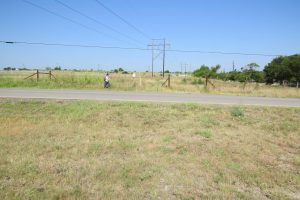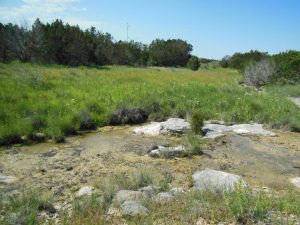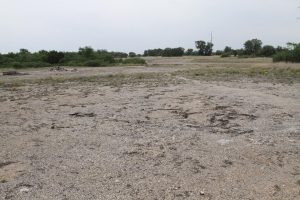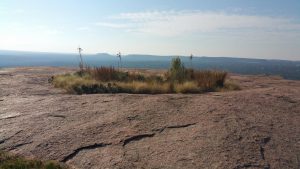Related Links
- Gratiola quartermaniae
- Dalea reverchonii
- Cyperus granitophilus
- Pediomelum cyphocalyx
- Pediomelum reverchonii
Isoetes butleri (Limestone Quilwort):
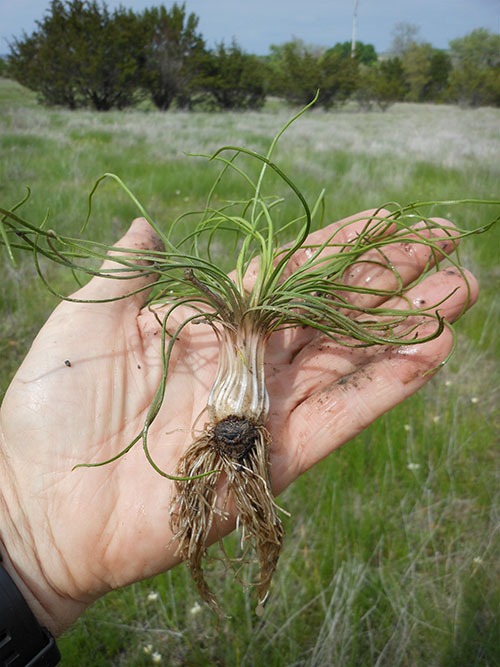
Isoetes butleri is a fern ally that grows in limestone outcrops across most of the Eastern United States. The species was known to occur in a few sites in Texas but was unknown in north central Texas. BRIT botanists discovered the species in the limestone prairies of north central Texas, where it appears to be very common, with 125 populations. The species is a common member of limestone glade seep communities. It can be seen in shallow soil overtop of limestone bedrock in areas where seasonal seepage keeps the ground wet during the spring.
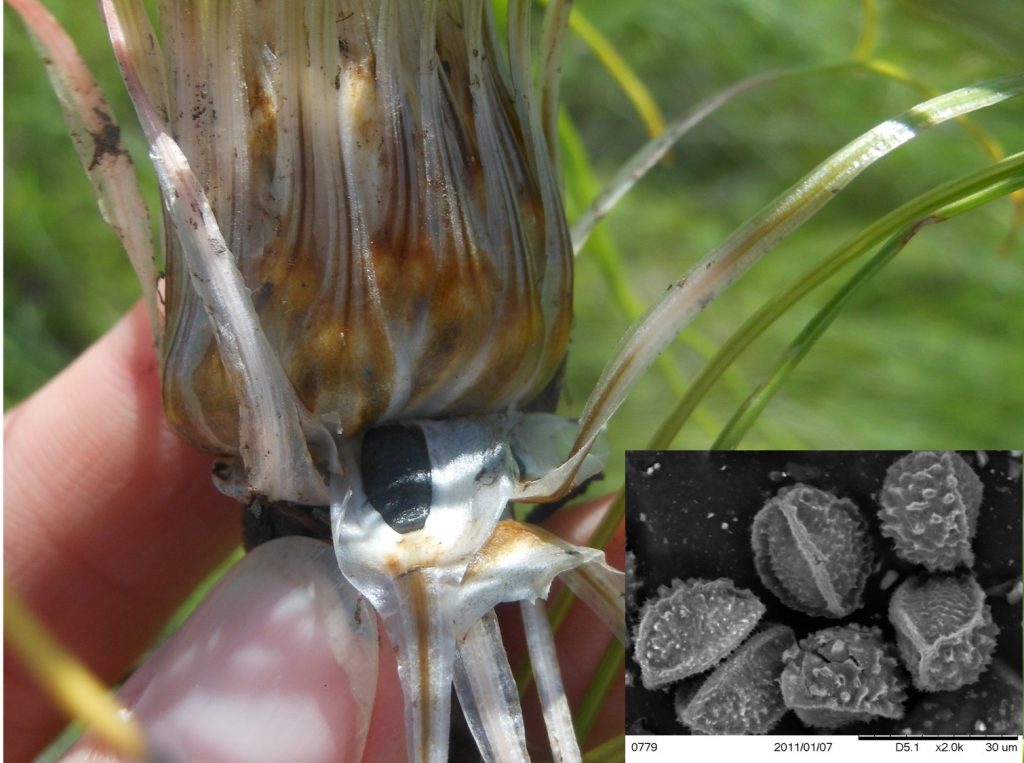
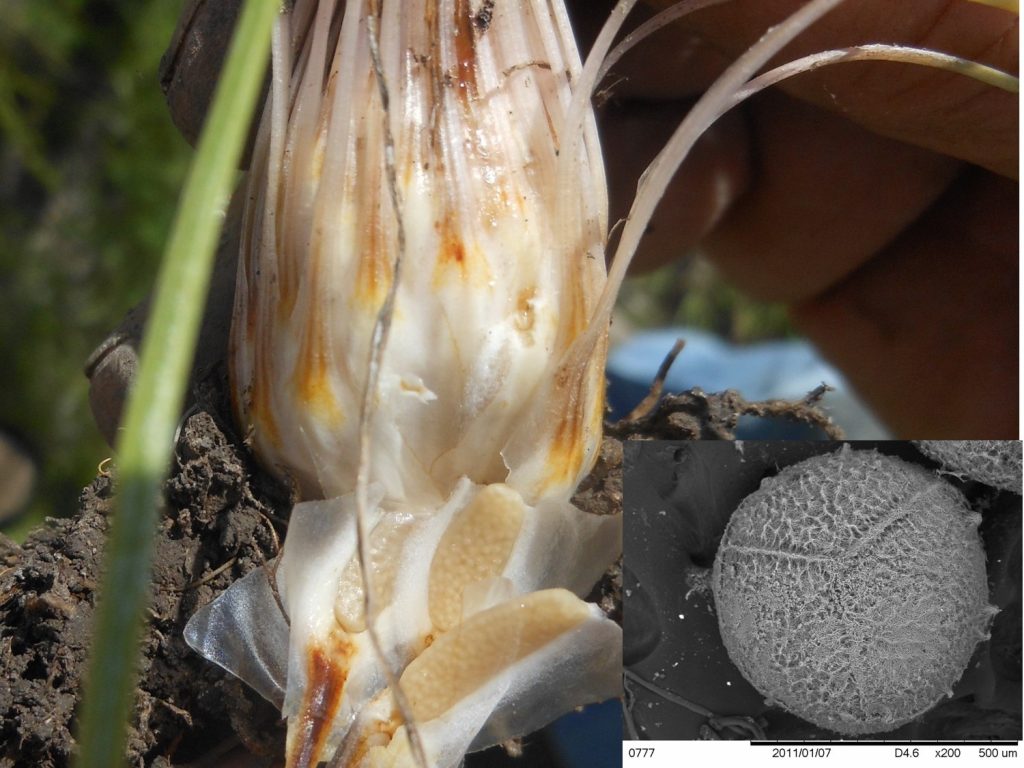
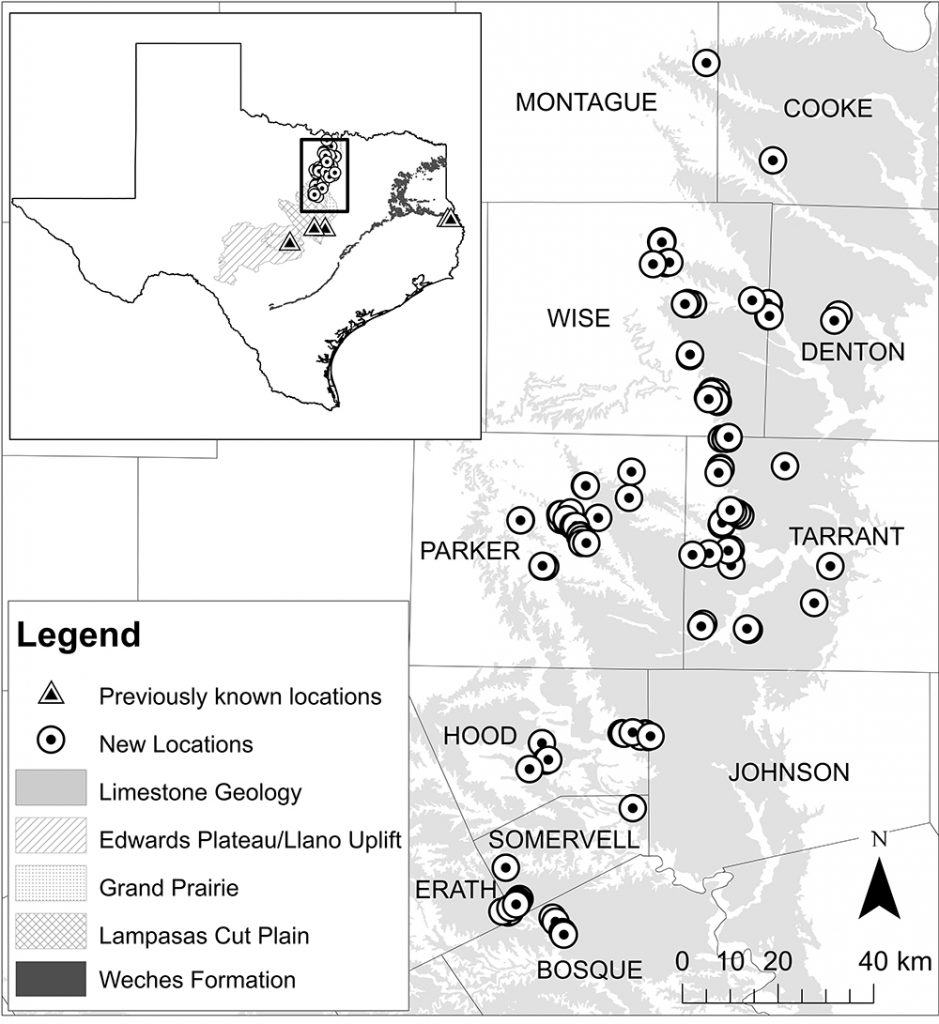
CITATION: Taylor, K.N., R.J. O’Kennon, and T.F. Rehman. 2012. Expanded distribution of Isoëtes butleri (Isoëtaceae) in Texas. J. Bot. Res. Inst. Texas 6:753–757.

